Pretty, loud, destructive, not so bright, and not blue at all

There is something in me that cannot stop making pictures of snow geese. I have captured their images in four states—New Mexico, Virginia, Delaware, Pennsylvania—most often in Virginia at the Chincoteague National Wildlife Refuge. They are smaller than Canada geese and more elegantly marked, typically with white heads and bodies and white wings but for the wingtips, which are a dramatic black. There are variations, but the basic white-with-black-trim model is my favorite. They breed in the far northern expanses of Alaska, Canada, Greenland, and a tiny bit of Siberia, and migrate thousands of miles to more congenial winter climes like Bosque del Apache and Delmarva. Thousands of birds cover those thousands of miles. Their numbers can be staggering, 10,000 or more in one place.
In 2015, a few showed up on Oahu. Boy, were they lost.
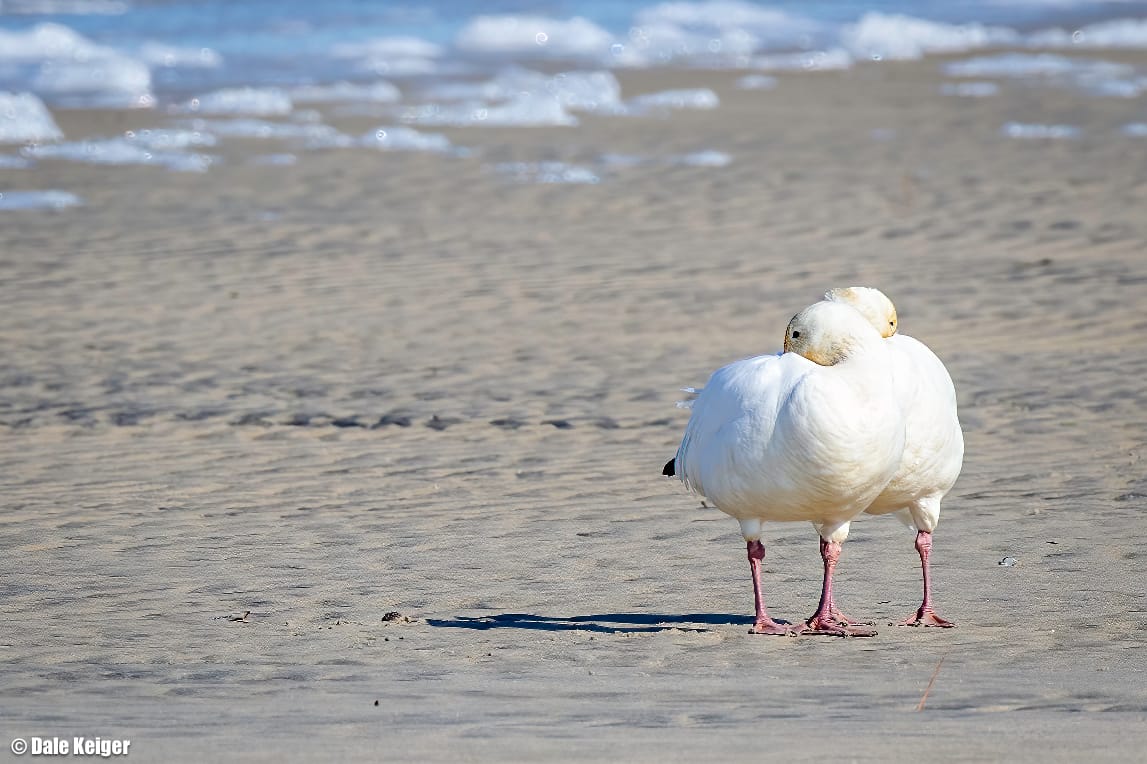
In 18th-century Britain, they were known as blue-winged geese. I have no idea why. Might have been the gin. This led to their Latin designation, Anser caerulescens, or “bluish goose.” See what happens when you don’t pay close attention or do original field research?
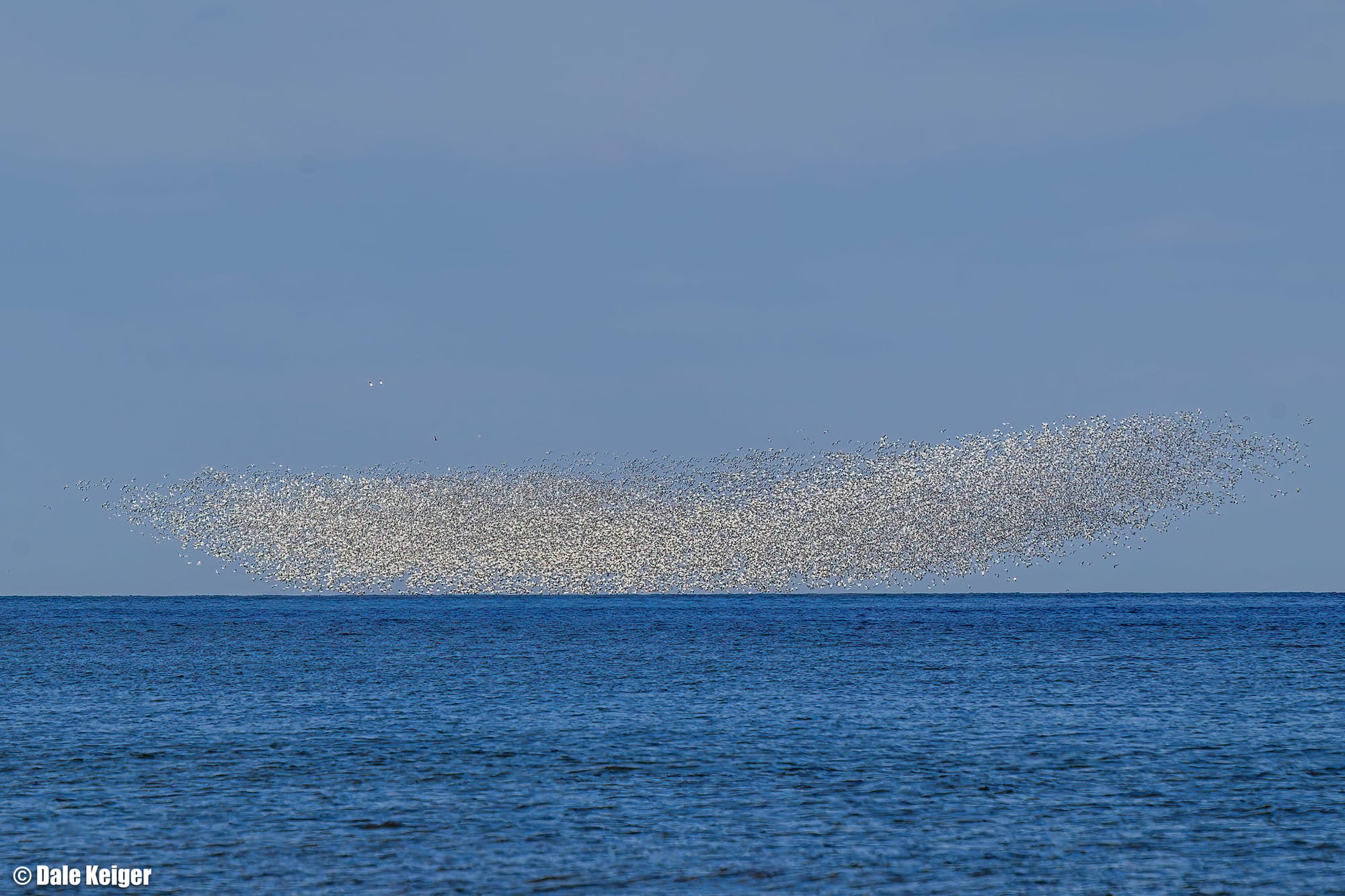
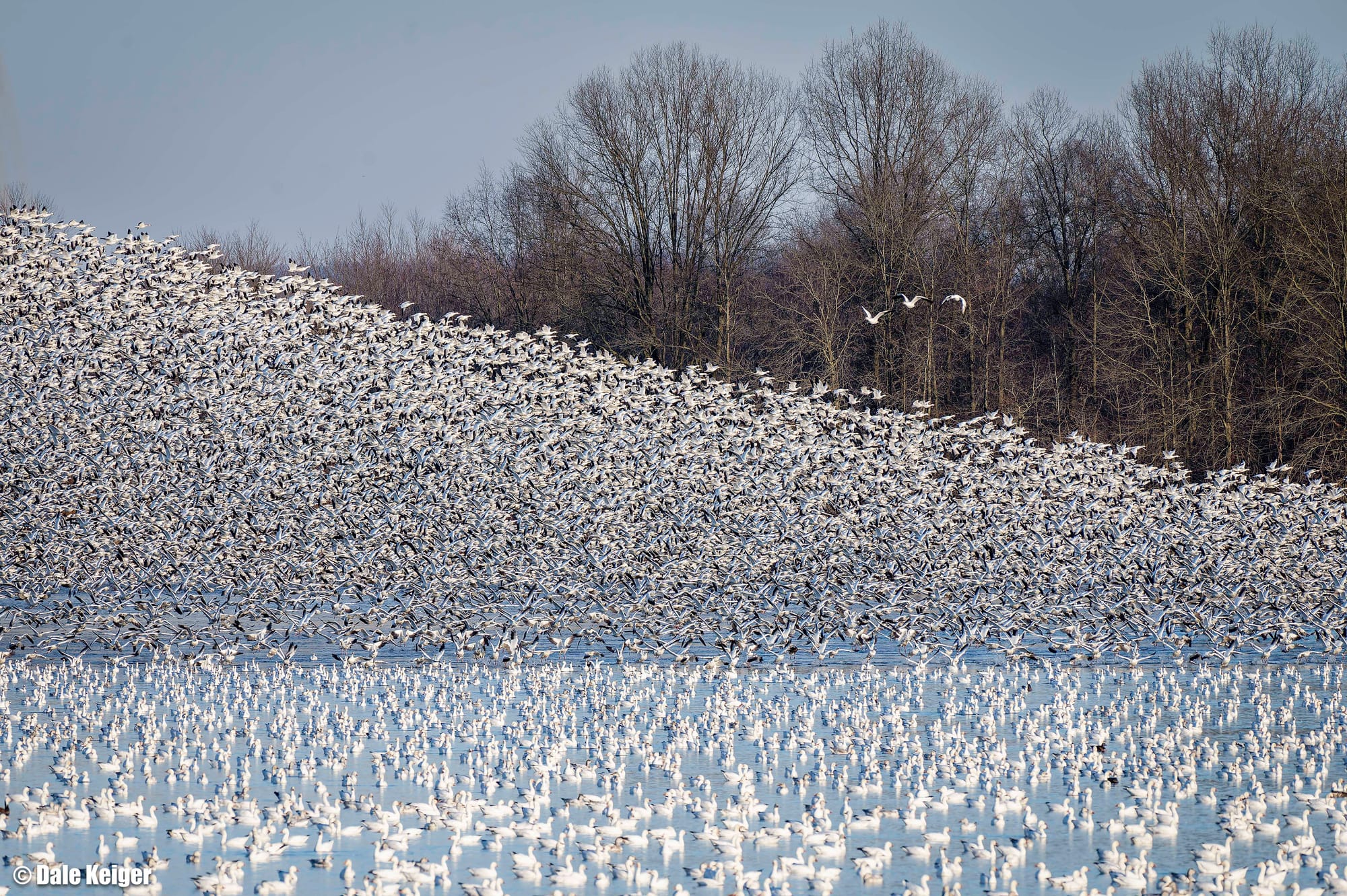
I have discussed them with hunters and farmers. Hunters think they’re dumb, easily lured within shotgun range. Farmers hate them for the damage they can do to a field. On migration, they like to spend the night on the water or open ground, and if that ground is, say, a dormant corn field, they will tear hell out of it looking for something to eat.
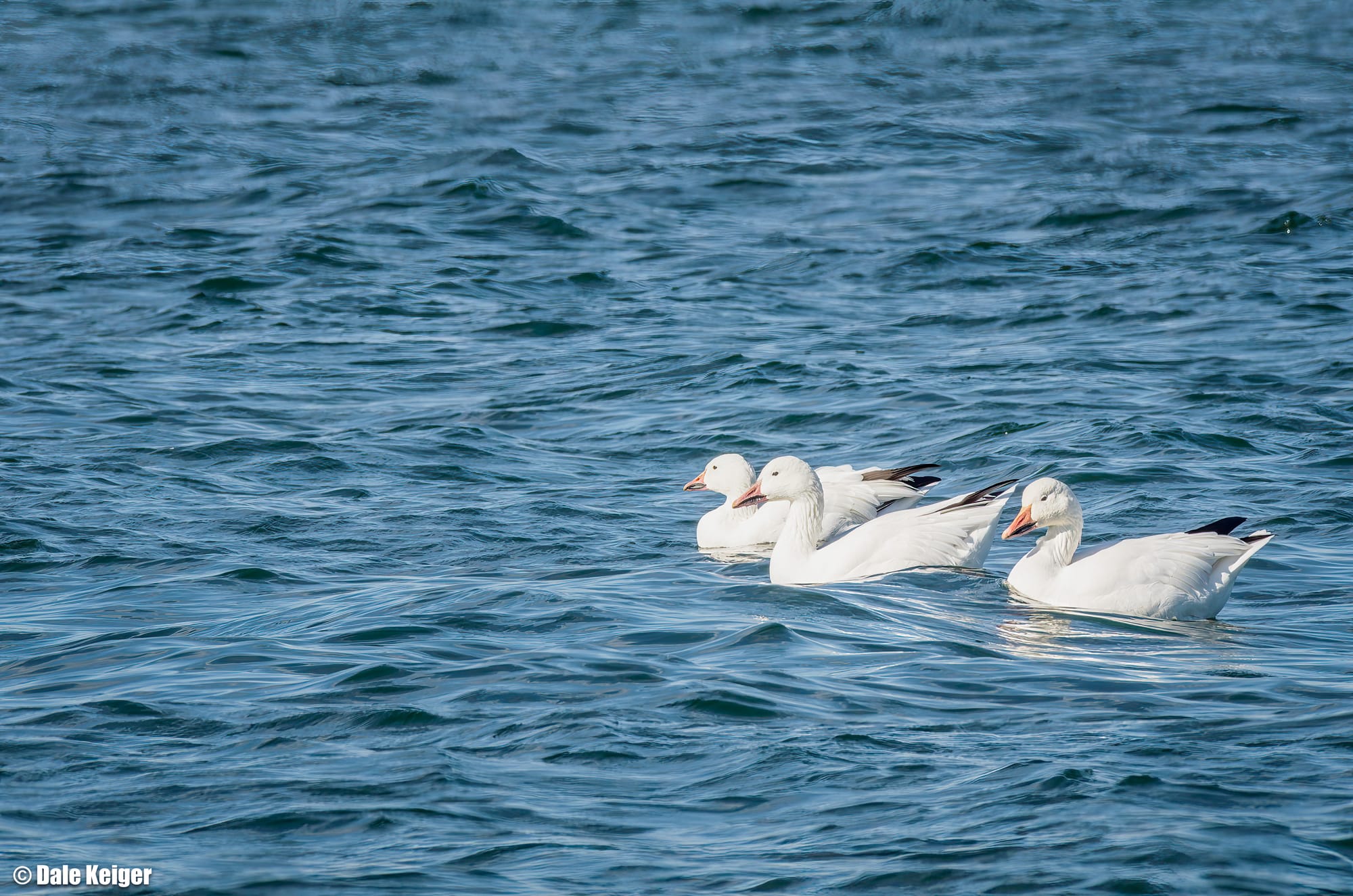
When several hundred or several thousand gather on land or sea, they maintain a querulous-sounding chatter and seem never to shut up. The ornithologists at Cornell Lab say, “Snow Geese are possibly the noisiest of all waterfowl. … Distant calling flocks are reminiscent of a pack of baying hounds. … The flight call is a continuous chorus of shrill cries, hoarse honks, and high-pitched quacks, audible both day and night.”
I am not sure what they talk about.
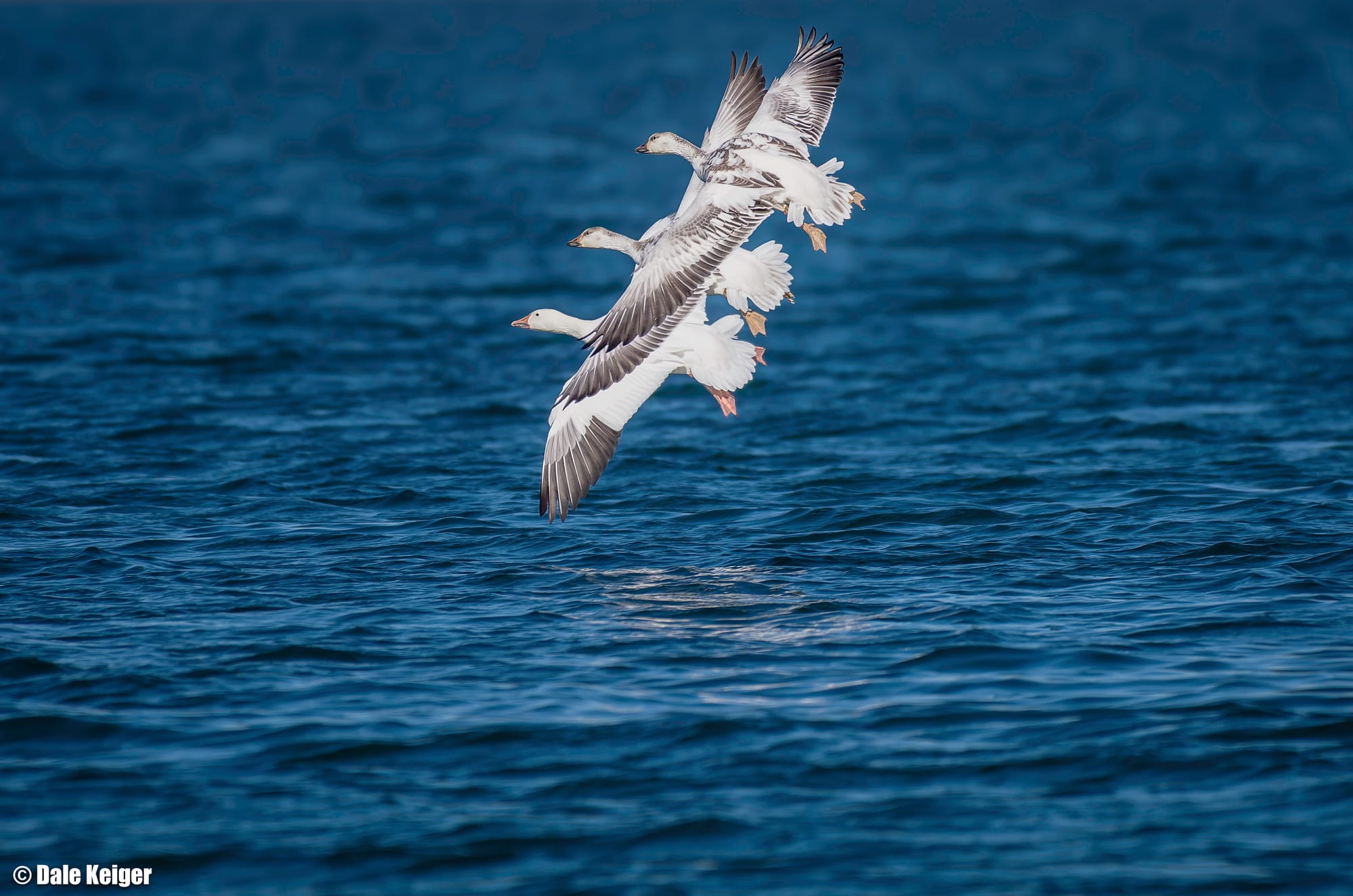
I love them in flight, especially in morning or late afternoon light, when they gleam and flash their black primary feathers. If they perceive a threat, they detonate, rising into the air in a maelstrom of panicked birds, each one hoping to be second slowest.
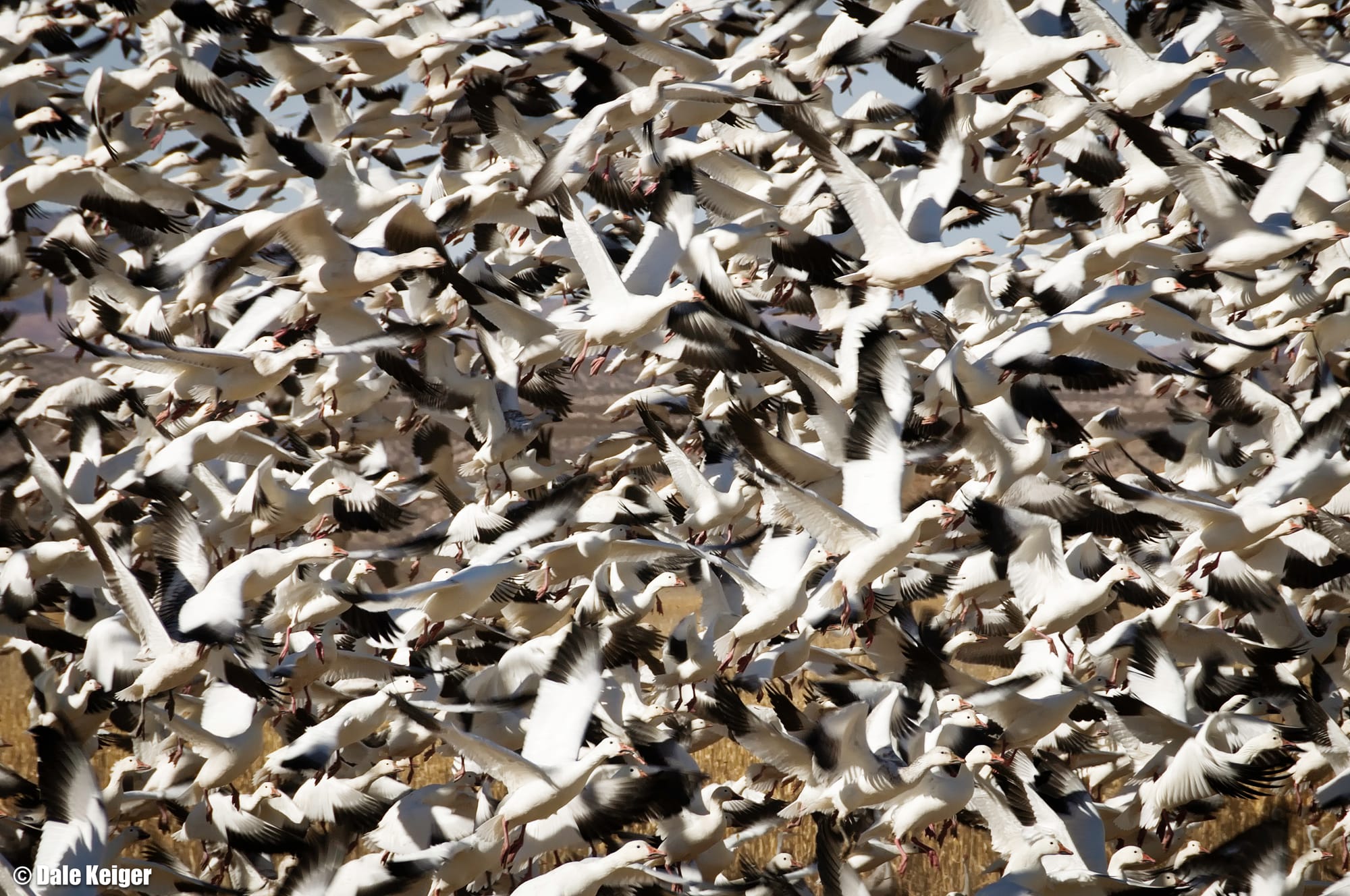
I have seen a few come to bad ends, snatched by eagles and coyotes. I don’t know what became of the one below, who somehow became ensnared by a mussel. How it happened I can only imagine, but I hope the bird shook loose from the bivalve.
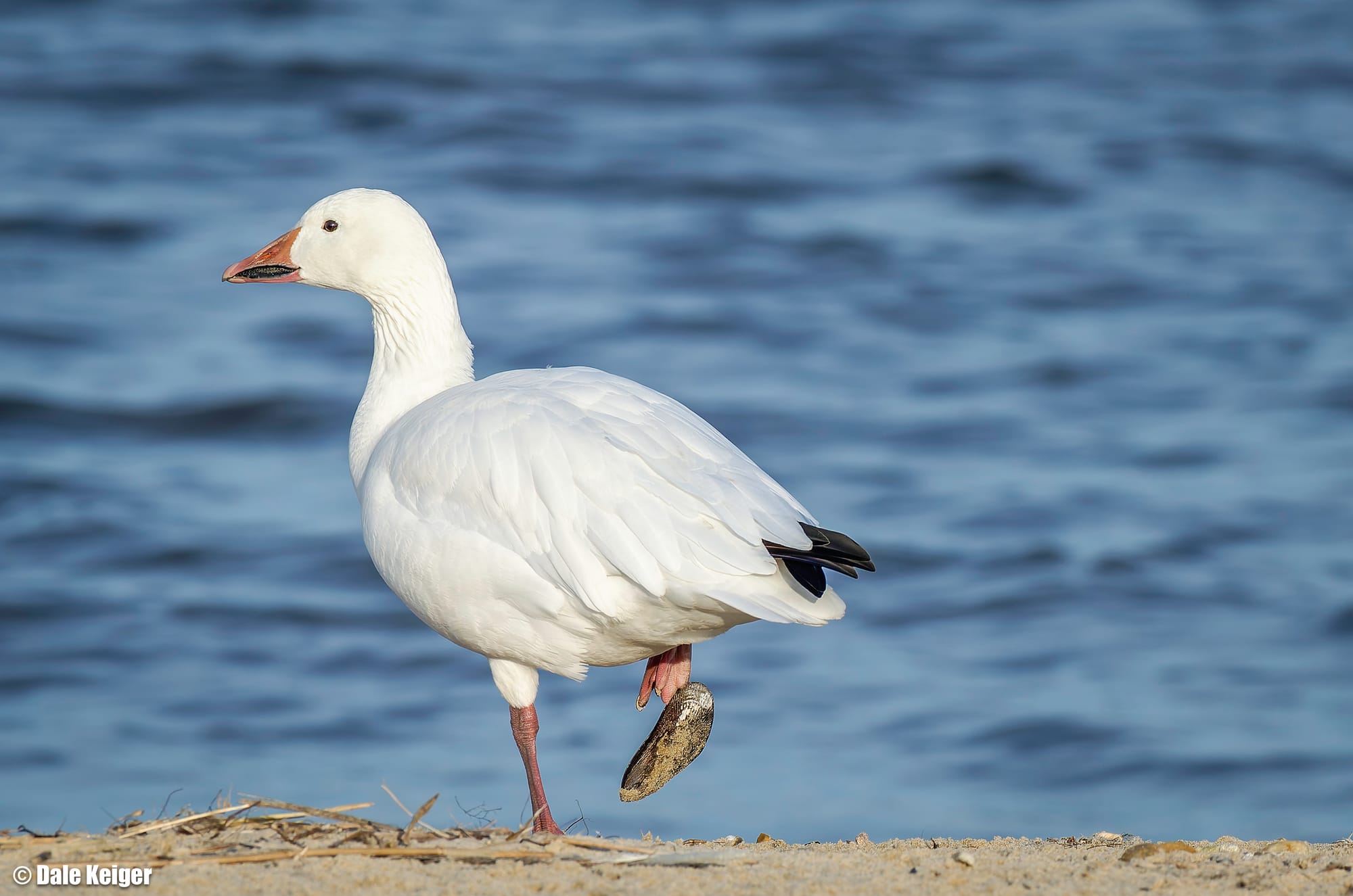
“Hey, Ralph, come here and pull this thing off of me. Ralph. Ralph! I swear, you don’t even pretend to listen to me anymore…”
Member discussion